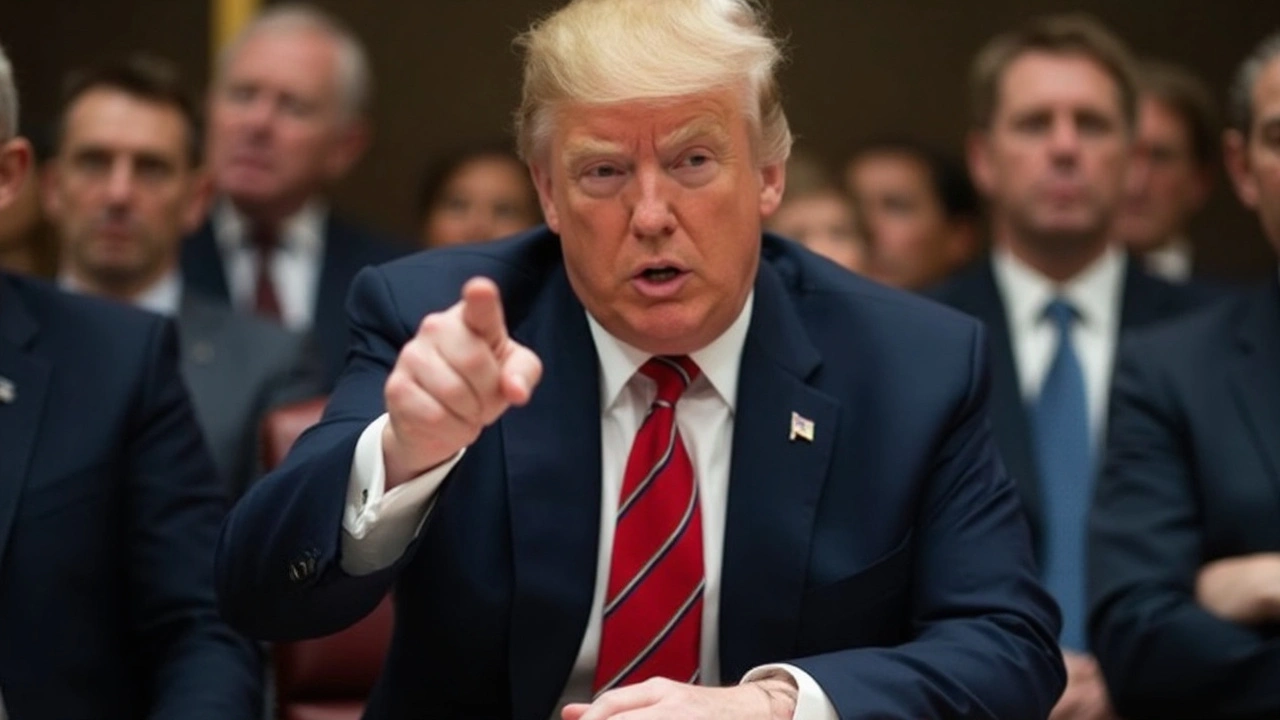Tariff Rollbacks Signal Pause, Not Truce, in U.S.-China Trade Tensions
Nobody expected these Washington-Beijing talks to solve everything. The reality? This week, negotiators from the U.S. and China managed to roll back new tariffs from 145% down to 10%—but only for the latest barrage. Earlier tariffs from years of bickering? Still in place. Both governments made it clear, this is just a trade war ceasefire, not a handshake signaling the end of hostilities.
The 90-day truce is mostly a relief valve for businesses caught in the crossfire. American importers and Chinese factories have scrambled to adapt to whiplash-inducing policy shifts ever since the first rounds of tariffs back in 2018. For now, companies get a bit of breathing room. But the so-called breakthrough avoids every thorny issue that caused the fight in the first place.
Beneath the Surface: Unresolved Battles and Shifting Strategies
The U.S. didn’t just slap on tariffs because of a bad mood. Both Democrats and Republicans have sounded alarms about China’s explosive industrial growth, its push into high-tech sectors, and unnamed “national security threats.” That adversarial tone has survived the jump from the Trump White House to Biden’s administration. Meanwhile, China is playing it cool, ramping up trade with nations in Africa, Latin America, and Southeast Asia, while quietly shrinking its dependence on the U.S. Export numbers tell the story: back in 2018, U.S. sales made up 3.5% of China’s GDP. Last year, that dropped to 2.9%.
But the rift isn’t just about tariffs. The U.S. has tightened tech restrictions, blocking exports of advanced semiconductors needed for everything from smartphones to military hardware. In response, China’s policymakers are aggressively funding homegrown chip development and boosting trade with countries that won’t follow Washington’s lead.
During their latest face-off in Geneva, diplomats pushed paper—but not much else. Their joint statement talked up “the need for dialogue,” but avoided any mention of the thorniest issues: How to manage tech competition? What about accusations of forced technology transfers or industrial spying? For both sides, the real battles still loom ahead.
What’s next? This truce is, at best, a reset button. Businesses aren’t betting on a grand bargain anytime soon. For now, the world’s two biggest economies are circling each other—less like old friends patching things up, more like boxers eyeing the bell before the next round.

Unnati Chaudhary
May 15, 2025 AT 00:26And honestly? I don't think either side wants war. They just don't know how to talk anymore.
Sreeanta Chakraborty
May 15, 2025 AT 09:22Vijendra Tripathi
May 16, 2025 AT 14:52ankit singh
May 18, 2025 AT 12:43Pratiksha Das
May 18, 2025 AT 16:13ajay vishwakarma
May 18, 2025 AT 18:08devika daftardar
May 19, 2025 AT 11:30fatima almarri
May 21, 2025 AT 03:54deepika singh
May 22, 2025 AT 07:00amar nath
May 23, 2025 AT 22:21Pragya Jain
May 25, 2025 AT 20:35Shruthi S
May 27, 2025 AT 19:51Neha Jayaraj Jayaraj
May 28, 2025 AT 18:11